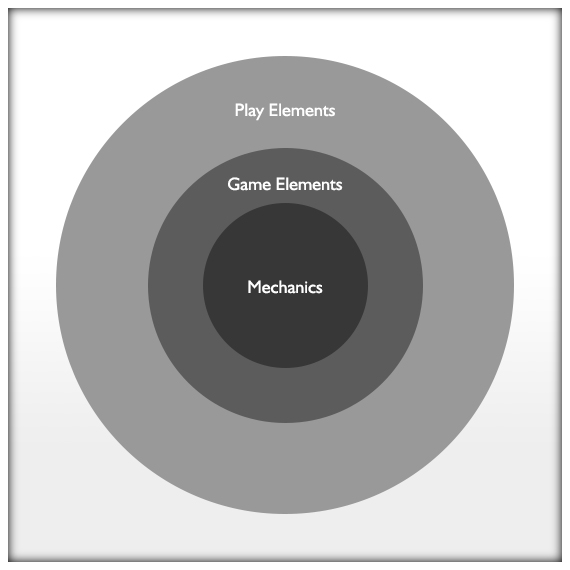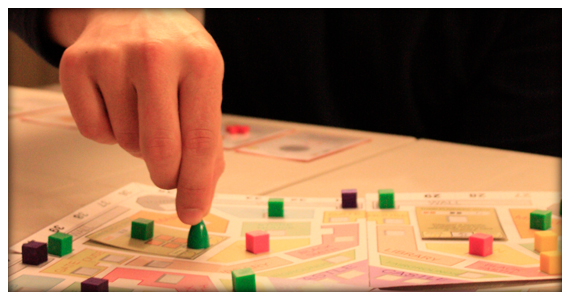The Unfinished Swan (Giant Sparrow, 2012) was a great game launched for Playstation 3 platform last year. Hands off, one of my favorites from 2012 and a game from which we can learn many things.

The Unfinished Swan is about exploring the unknown. The player is a young boy chasing after a swan who has wandered off into a surreal, unfinished kingdom. The game begins in a completely white space where players can throw paint to splatter their surroundings and reveal the world around them (you can visit the official site here).
The game has many positive features and I believe it is possible to extract valuable lessons from its interface. First of all: like Portal (Valve, 2007) it's a first-person puzzle-platform, but here you shoot paintballs around the scenery to solve enigmas. A great part of the game is made of a completely white screen and the challenge is to discover the paths to move along. The video below shows the basic dynamics of the game:
Another important point about the game is a good balance between storytelling and gameplay. You are an orphan trying to find the painting of an unfinished swan made by your mother. The swan gained life and escaped from the frame to a mysterious world of fantasy, and it's your mission find it and bring it back with you. Inside this narrative the game offers a very clever dynamics of puzzle solving using ink to paint parts of the ambient.
The game has good procedural rhetoric embedded in its interface. You learn gradually how to interact with the interface and how to use different kinds of special powers.
Finally, The Unfinished Swan is an indie game that managed to draw attention of a large producer (Santa Monica) and was launched with support and good advertising.
Undoubtedly, The Unfinished Swan is a living example of another kind of configuration of the gaming industry. A creative independent game launched by a small studio, supported by a great publisher, with many mechanics/storytelling innovations and focused on a casual player. I'm happy that the gaming market today has also room for this kind of initiative (it's a great incentive for game designers all around the world).

The Unfinished Swan is about exploring the unknown. The player is a young boy chasing after a swan who has wandered off into a surreal, unfinished kingdom. The game begins in a completely white space where players can throw paint to splatter their surroundings and reveal the world around them (you can visit the official site here).
The game has many positive features and I believe it is possible to extract valuable lessons from its interface. First of all: like Portal (Valve, 2007) it's a first-person puzzle-platform, but here you shoot paintballs around the scenery to solve enigmas. A great part of the game is made of a completely white screen and the challenge is to discover the paths to move along. The video below shows the basic dynamics of the game:
Another important point about the game is a good balance between storytelling and gameplay. You are an orphan trying to find the painting of an unfinished swan made by your mother. The swan gained life and escaped from the frame to a mysterious world of fantasy, and it's your mission find it and bring it back with you. Inside this narrative the game offers a very clever dynamics of puzzle solving using ink to paint parts of the ambient.
The game has good procedural rhetoric embedded in its interface. You learn gradually how to interact with the interface and how to use different kinds of special powers.
Finally, The Unfinished Swan is an indie game that managed to draw attention of a large producer (Santa Monica) and was launched with support and good advertising.
Undoubtedly, The Unfinished Swan is a living example of another kind of configuration of the gaming industry. A creative independent game launched by a small studio, supported by a great publisher, with many mechanics/storytelling innovations and focused on a casual player. I'm happy that the gaming market today has also room for this kind of initiative (it's a great incentive for game designers all around the world).



